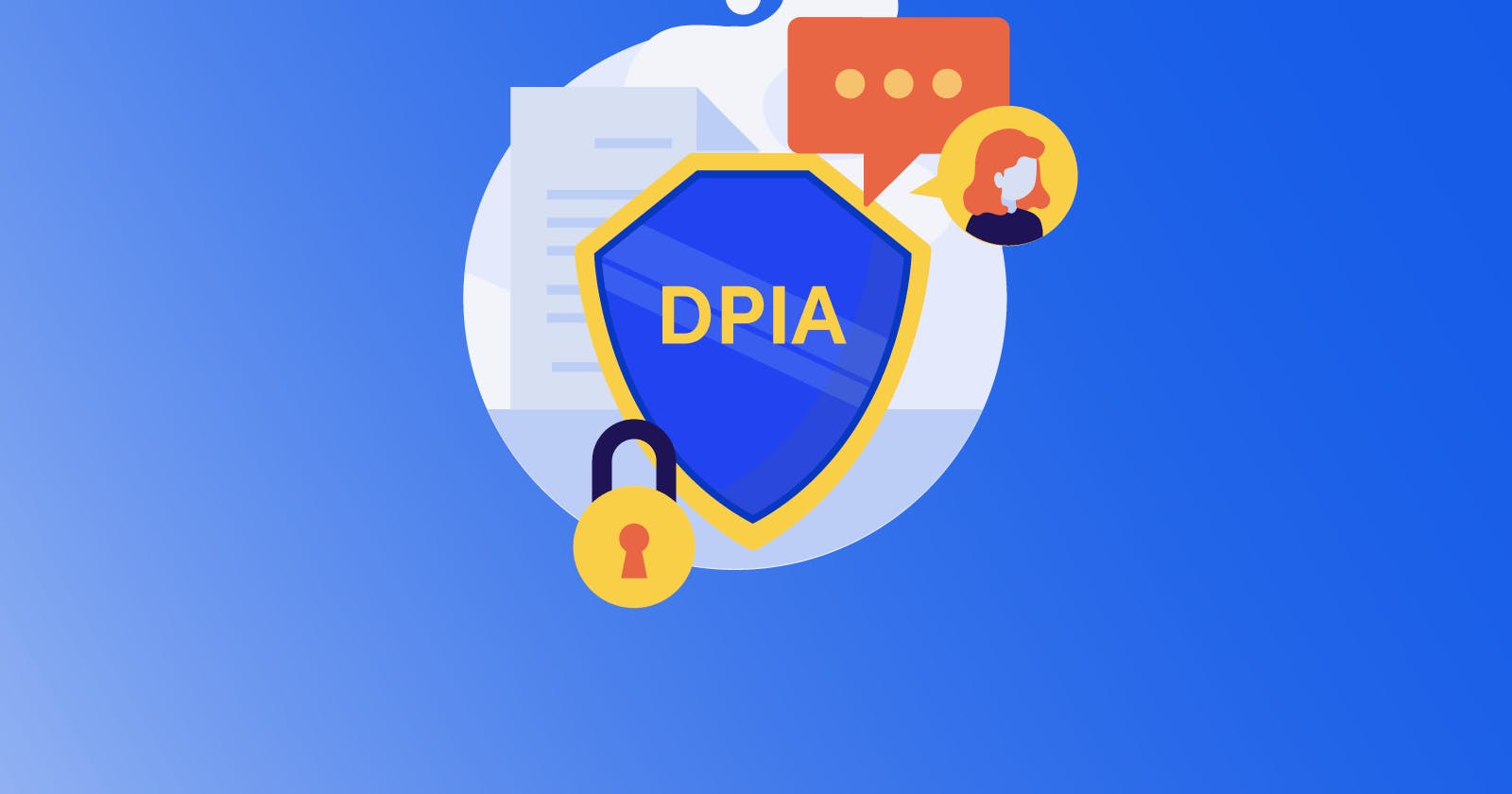Understanding Data Protection Impact Assessment (DPIA): Safeguarding Data Privacy
Understanding Data Protection Impact Assessment (DPIA): Safeguarding Data Privacy
In today's digital landscape, where vast amounts of personal data are collected, processed, and stored, ensuring the protection of individuals' privacy is paramount. Data Protection Impact Assessment (DPIA) is a critical tool for organizations to identify and mitigate the risks associated with processing personal data. In this article, we'll delve into what DPIA is, why it's important, how it works, and best practices for conducting DPIAs effectively.
What is Data Protection Impact Assessment (DPIA)?
A Data Protection Impact Assessment (DPIA) is a systematic process designed to identify, assess, and mitigate the privacy risks associated with the processing of personal data. DPIA helps organizations evaluate the potential impact of their data processing activities on individuals' privacy rights and ensures compliance with data protection regulations, such as the General Data Protection Regulation (GDPR).
Why is DPIA Important?
DPIA is essential for several reasons:
Compliance: DPIA is a legal requirement under the GDPR for certain types of data processing activities, such as those involving high risks to individuals' rights and freedoms.
Risk Management: DPIA helps organizations identify and assess the privacy risks associated with their data processing activities, enabling them to implement appropriate measures to mitigate these risks effectively.
Trust and Transparency: Conducting DPIAs demonstrates a commitment to protecting individuals' privacy and fosters trust with customers, stakeholders, and regulatory authorities by ensuring transparency in data processing practices.
How Does DPIA Work?
The DPIA process typically involves the following steps:
Identify the Need for DPIA: Determine whether a DPIA is necessary for the proposed data processing activity based on factors such as the nature, scope, context, and purposes of the processing, as well as the potential risks to individuals' privacy.
Describe the Data Processing Activity: Document the details of the data processing activity, including the types of personal data collected, the purposes of the processing, the data recipients, and any international transfers of data.
Assess Privacy Risks: Identify and assess the potential privacy risks associated with the data processing activity, considering factors such as the likelihood and severity of harm to individuals, the effectiveness of existing safeguards, and the rights and freedoms of data subjects.
Identify Measures to Mitigate Risks: Implement measures to mitigate the identified privacy risks, such as pseudonymization, encryption, access controls, data minimization, and privacy-enhancing technologies (PETs).
Consultation and Approval: Consult with relevant stakeholders, including data protection authorities, data subjects, and other relevant parties, as appropriate. Obtain approval from the organization's data protection officer (DPO) or supervisory authority, if required.
Document and Review: Document the DPIA process, findings, and outcomes in a DPIA report. Regularly review and update the DPIA to reflect changes in the data processing activity or regulatory requirements.
Best Practices for Conducting DPIAs
To ensure the effectiveness of DPIAs, organizations should adhere to best practices, including:
Early Engagement: Incorporate DPIA into the early stages of the project lifecycle to identify and address privacy risks proactively.
Multidisciplinary Approach: Involve cross-functional teams, including data protection experts, legal counsel, IT professionals, and business stakeholders, in conducting DPIAs to ensure a comprehensive assessment of risks and measures.
Transparency and Accountability: Maintain transparency throughout the DPIA process by communicating with data subjects and stakeholders about the purposes and outcomes of the assessment. Demonstrate accountability by documenting the DPIA process and decisions taken.
Continuous Monitoring: Regularly monitor and review the effectiveness of the measures implemented to mitigate privacy risks identified in the DPIA. Update the DPIA as necessary to reflect changes in the data processing activity or regulatory requirements.
Conclusion
Data Protection Impact Assessment (DPIA) is a fundamental tool for organizations to assess and mitigate the privacy risks associated with their data processing activities. By conducting DPIAs systematically and proactively, organizations can demonstrate compliance with data protection regulations, enhance trust with customers and stakeholders, and mitigate the potential impact of privacy breaches on individuals' rights and freedoms. By following best practices for conducting DPIAs, organizations can effectively safeguard personal data and uphold privacy principles in an increasingly data-driven world.
